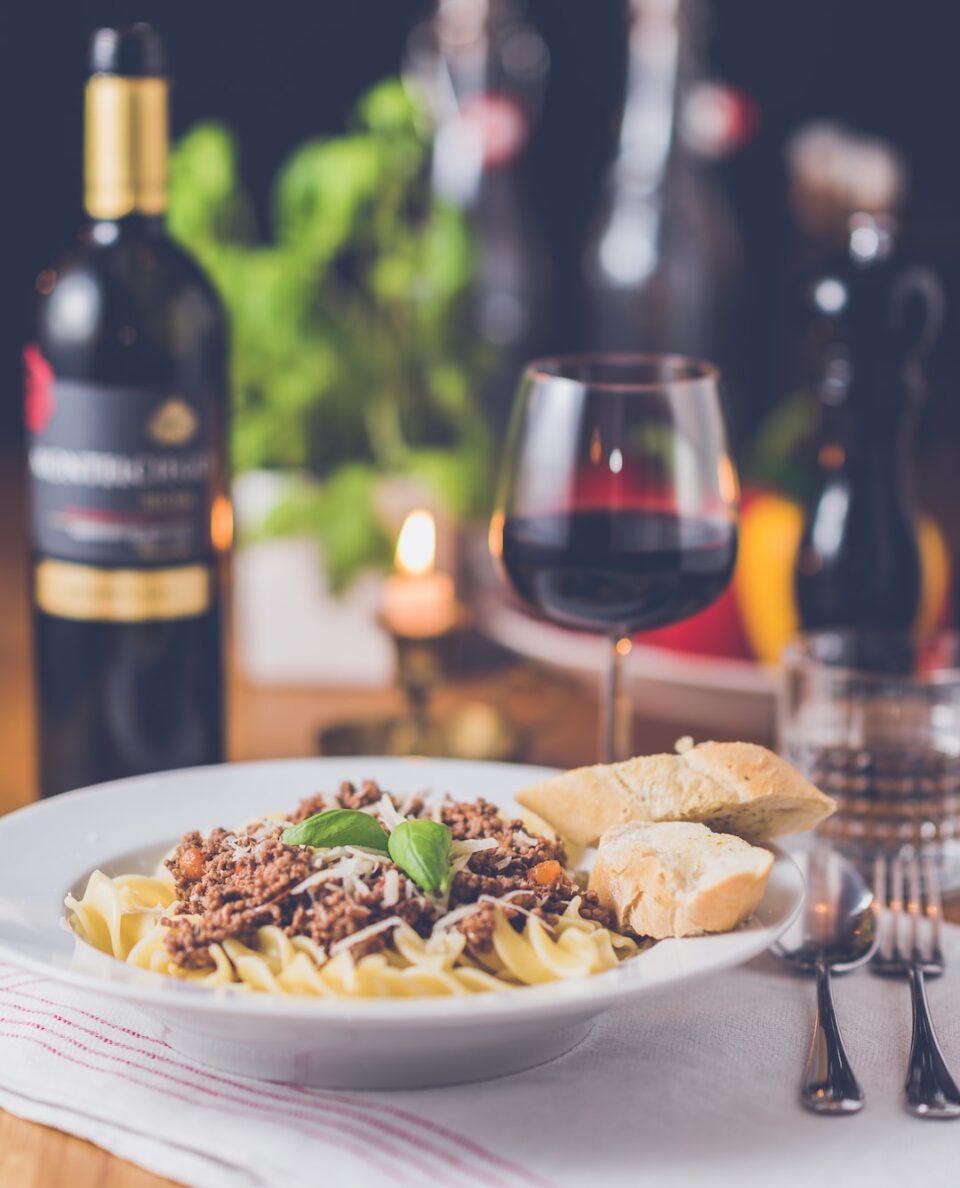The Ultimate Guide to Food Preservation Methods: From Canning to Fermentation
In today’s fast-paced world, where convenience often trumps all else, it’s easy to lose sight of the importance of preserving our own food. But food preservation is not just for survivalists or homesteaders; it’s a valuable skill that can help us save money, reduce food waste, and ensure that we have access to nutritious meals year-round. From canning to fermentation, there are various methods available to preserve food. In this ultimate guide, we will explore these techniques and provide you with the knowledge you need to start preserving your own food.
Canning:
Canning is perhaps the most well-known food preservation method. It involves sealing food in jars or cans and heating them to kill any microorganisms that may cause spoilage. There are two common methods of canning: water bath canning and pressure canning. Water bath canning is suitable for preserving high-acid foods like fruits, tomatoes, and pickles, while pressure canning is necessary for low-acid foods like vegetables, meats, and soups. Successful canning requires proper equipment, including jars, lids, and a canner, as well as following specific guidelines for each type of food.
Drying:
Drying is one of the oldest food preservation methods, dating back centuries. It involves removing moisture from food, which inhibits the growth of bacteria, yeast, and mold. There are different methods of drying, such as air drying, sun drying, and using a food dehydrator. Dried foods can be stored for a long time and can provide a quick and healthy snack option. Fruits, vegetables, herbs, and meats are some of the foods that can be effectively dried.
Freezing:
Freezing is a widely used method of preserving food, as it helps retain the texture and nutritional value of the food. Many fruits and vegetables can be frozen successfully, although some may require blanching before freezing to maintain their quality. Meats, poultry, and fish can also be safely frozen. It’s essential to package food properly for freezing to prevent freezer burn and maintain the flavor of the food. Freezing extends the shelf life of food for several months, allowing us to enjoy seasonal produce all year round.
Fermentation:
Fermentation is not only a method of preserving food but also a way to enhance its flavor and nutritional value. It involves the natural breakdown of carbohydrates by microorganisms like bacteria or yeast, resulting in the production of alcohol, acids, or gases. Fermented foods have gained popularity in recent years due to their health benefits, including improved gut health and enhanced immune function. Cultured vegetables, kombucha, yogurt, and sourdough bread are just a few examples of fermented foods that you can easily make at home.
Pickling:
Pickling is a preservation method that involves soaking food in a solution of vinegar, salt, and sugar, or fermenting it using natural acids. This method not only extends the shelf life of the food but also enhances its flavor profile. Pickled vegetables, such as cucumbers, beets, and carrots, are commonly enjoyed around the world. You can experiment with different spices and herbs to create unique pickling recipes that suit your taste.
Root Cellaring:
Root cellaring is a traditional method of preserving fresh produce using a cool, dark, and humid underground storage area. This method mimics the natural environment of roots and tubers, ensuring their long-term freshness and preventing spoilage. Root cellaring is most suitable for crops like carrots, potatoes, onions, and apples. Proper ventilation and regular monitoring are crucial to maintaining the ideal conditions for storage.
It’s important to note that before attempting any food preservation method, you should educate yourself thoroughly on the specific requirements for each technique. Safety is paramount, and following guidelines and recipes from reputable sources is crucial to prevent foodborne illnesses.
Preserving your own food not only saves money and reduces waste but also gives you control over what you eat and how it’s processed. By learning these preservation methods, you can enjoy the taste of summer fruits in the middle of winter or savor homemade pickles that perfectly suit your palate. So why not give it a try? With a little practice and knowledge, you’ll be well on your way to becoming a master of food preservation.

